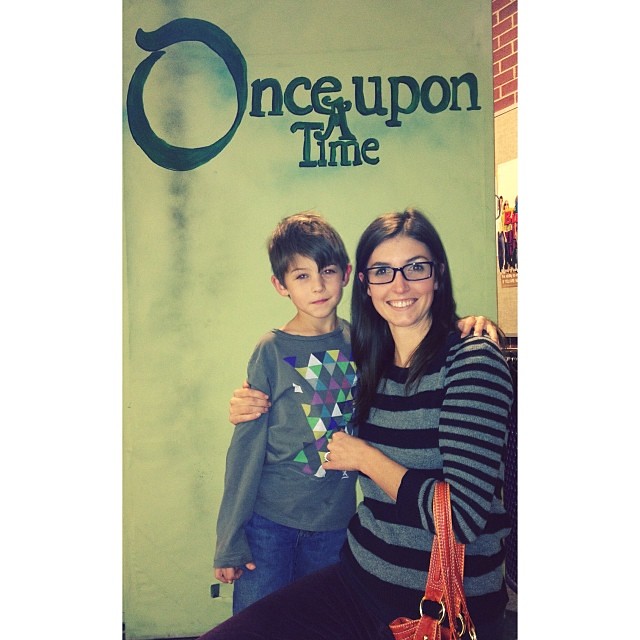In an attempt to illustrate the constructed nature of narrative dialogue, my plan is to begin by introducing students to this clip.
Following which, we watch it again, with a shot-analysis to pull us out of our suture, and to help us see how many different camera set-ups are contributing to this scene.
At which point, the students are each given a copy of the script for the scene, and are taught how to bracket a script. After bracketing to suit their own direction, and creating a shot-list, they are (equipment allowing) to shoot the scene in groups of 3-4. If they have access to and knowledge of editing software, they can edit their own scenes together. If not, the teacher could edit together a sequence using shots from each of the groups (showing a purposeful break in continuity).
As an advanced option, the students can intentionally break continuity by inserting something visible into each separate shot (different object for each shot). I would recommend using something larger and more visible than the heart stickers used in my example video. The initial plan was to use different colored ties on Tom, and different hats on Summer, but my intended bucket of props fell victim to a short person who felt that every bucket should be filled with a garden hose. This was our improvised backup. Ideally this process would both illustrate how narrative dialogue scenes are constructive, and help students deconstruct them while watching them, and also heighten their awareness of continuity issues in production, and the planning and attention required to maintain continuity in a completed scene.
It's kind of difficult to differentiate the importance of recognizing these concepts in a student's experience as a viewer/spectator and the importance of learning about these concepts by attempting to enact them. It feels like there is almost a chicken and egg cycle of primacy there. After having tried to do this, a student is far better equipped to recognize these processes in action in the media they consume, but it is conversely helpful to try to identify the processes in existing works before trying to recreate them. In that sense, it is kind of difficult to nail down the primary learning outcomes for an activity or even a curriculum like this. Whether the purpose is to increase media literacy, or to build skills for media production makes a difference in where focus will be spent, (and the two outcomes are not necessarily contradictory, but a focus on one over the other would change the way a unit was taught).









